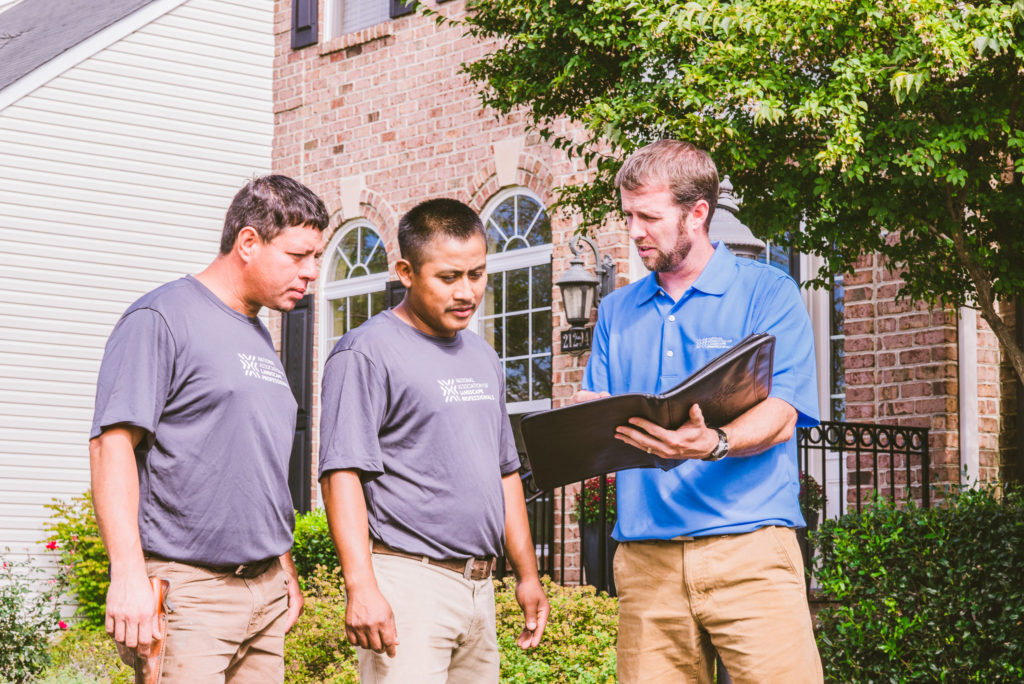
This article is written by the experts at Fleetmatics, an NALP Preferred Content Partner and leading provider of web-based fleet management solutions.

When the weather starts to turn warmer, many people start thinking about things like baseball. The crack of the bat, the cheer of the crowd, and the first sip of a cold beverage says “summer is right around the corner”.
But the warm weather also signals that it’s time for other, less enjoyable activities – like spring cleaning, and sprucing up things around the house, which most folks (smartly, in many cases) choose not to DIY. While landscaping companies in warmer temperate climates are busy year-round, those in the colder climates know that once spring hits, things get real, fast – literally everyone is going to want their lawns re-sodded and shrubs and trees planted, all at the same time.
During any busy time, it’s critical that your company is running at optimal efficiency, and with the least amount of overhead cost to ensure profits are maximized. Here are five key areas you can focus on to help meet these goals:
1.Develop SOPs. Ensure that all crews know that there are standard operating procedures (SOPs) that everyone has to follow for certain tasks. It’s especially helpful to put these into a manual that new and current employees can reference.
Consider the manual a living, breathing document – don’t kill trees by printing new ones for each employee every time you update an SOP or every time someone is hired. Make a digital version that can be easily edited and shared, and keep it in a place where people can find it.
2. Evaluate your estimating process. Make sure you are accurately estimating the cost of each job for the customer – as well as how many crew members will be needed and what kind of equipment and how much of it goes with each job, to plan on the back end and ensure streamlined operations. Keeping track of all this information in a digital repository puts it literally at your fingertips when customers call in orders.
3. Keep the staff on point. You can’t be overseeing every crew at once, so it’s important to hire operations supervisors and foremen you trust to follow procedures, and that they know how to communicate with you to give you visibility into what’s happening at jobsites.
Using digital tools for this can help ensure you’re not getting or making 20 phone calls an hour just to stay in the loop. A digital dashboard lets you see where everyone is while they’re in the field and when each job has been completed.
4. Track your equipment and people. Being able to see who is driving what vehicle and where they are helps you be more efficient with scheduling, which can help to cut costs (e.g., reducing overtime pay that could be avoided through better planning) and boost revenue. You’ll also know if anyone is driving too fast (or too slowly, or stopping unnecessarily between jobs) and keep an eye on fuel usage and costs.
5. Never lose sight of customer service. The customers are the backbone of the business, and running the company efficiently helps deliver on what is promised, making them happy and making your job easier.
![]()
Copyright ©2016 Fleetmatics Development Limited. All rights reserved. Fleetmatics and the Fleetmatics logo are registered trademarks of Fleetmatics in the U.S. and other countries.

